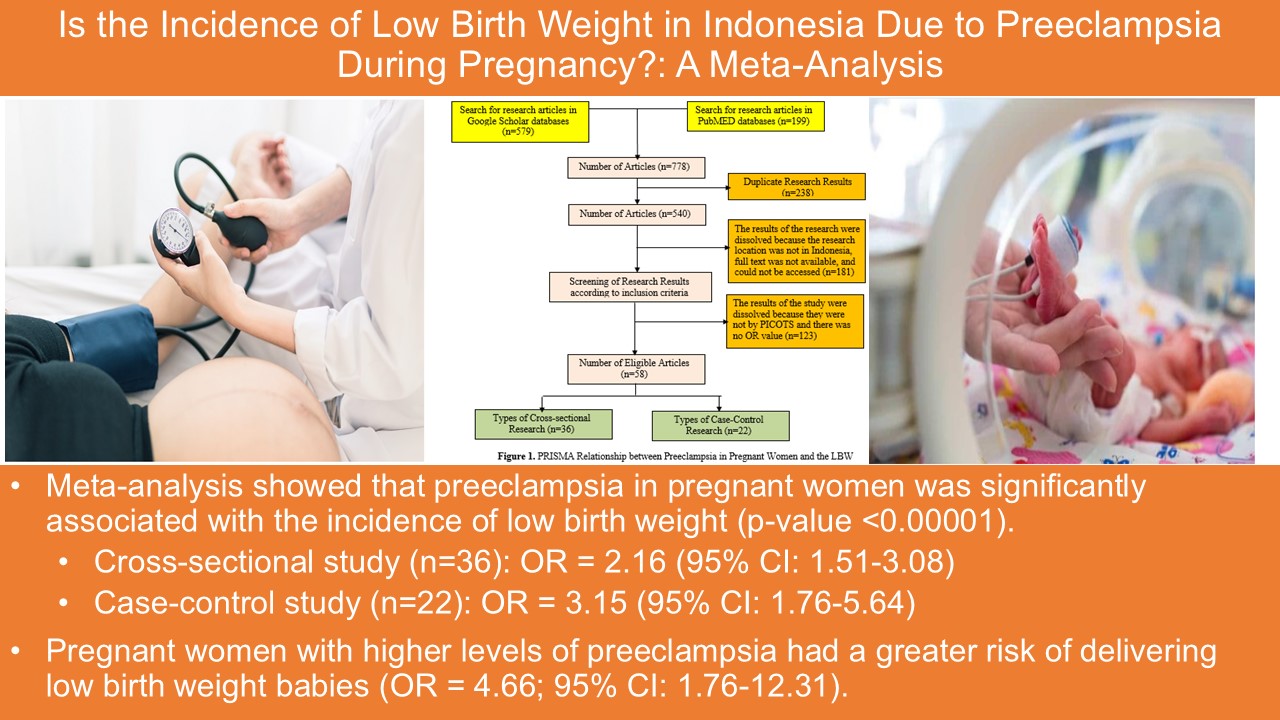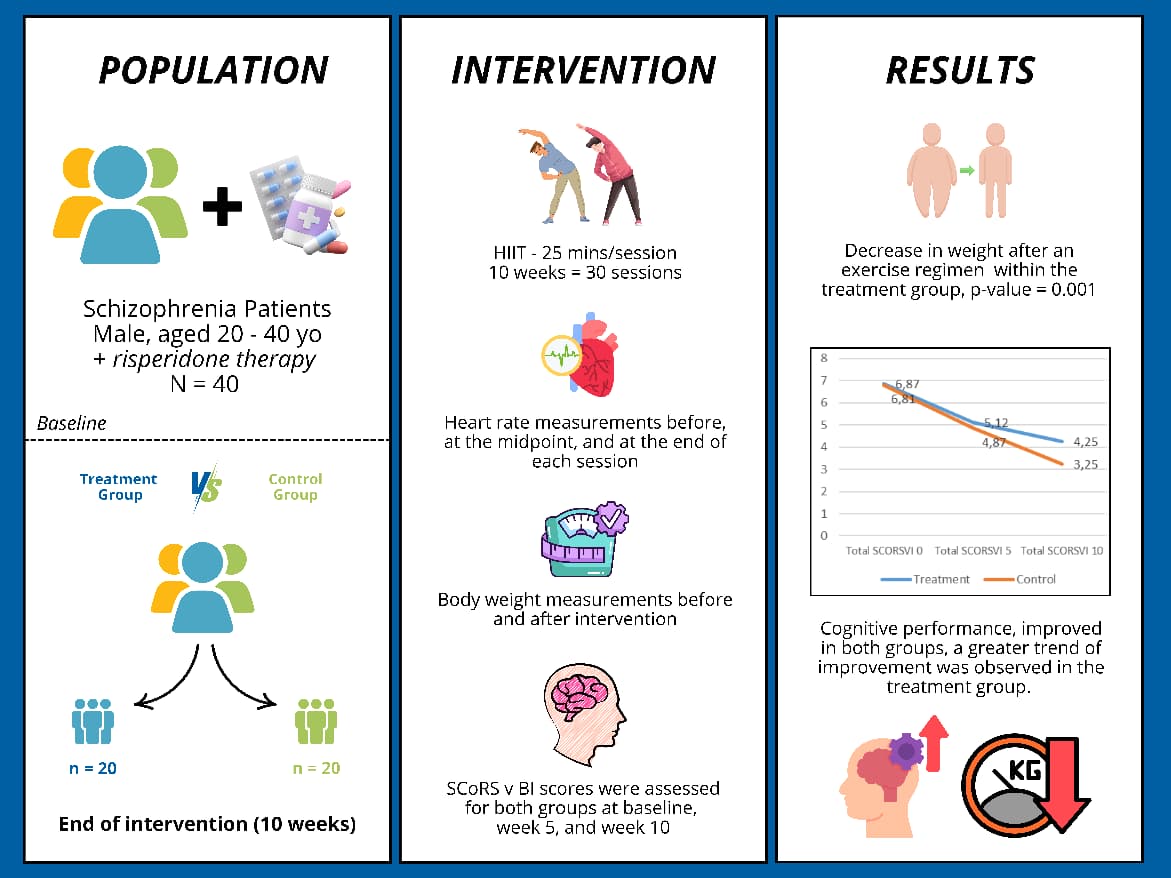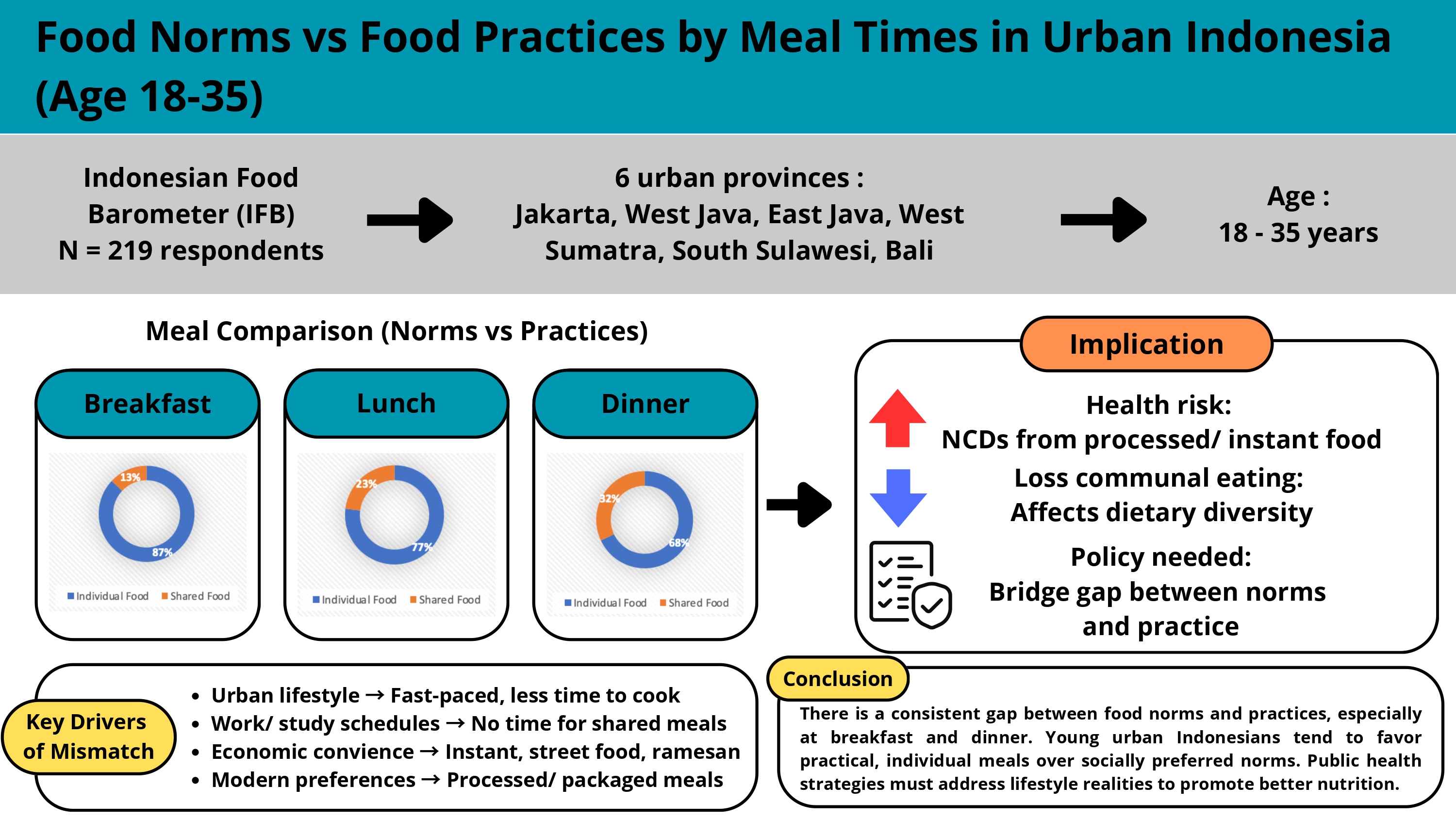DAYA TERIMA PROPORSI KACANG HIJAU (PHASEOLUS RADIATA L) DAN BEKATUL (RICE BRAN) TERHADAP KANDUNGAN SERAT PADA SNACK BAR
Downloads
Snack bar is a product made from cereal and nuts that usually consumed between meals. Commercial snack bar contains energy, protein, and ï¬ber. The ï¬ber content in it is usually 1 gram per 25 grams serving. The ï¬ber content is relatively low because food categorized as high ï¬ ber if it has 5 grams per 100 gram products. Therefore, a new innovation to improve its ï¬ ber content is required. Green bean and rice bran are type of food with high ï¬ber content that possible to be added in snack bar. The purpose of this research was to determine the acceptability and ï¬ ber content in snack bar. This was true experimental research with complete random design (CRD) with 5 treatments. Organoleptic test to assess acceptability of the snack bar was done by 5 trained panelists and 30 non trained panelists. Fiber content
was calculated using Indonesia Food Composition Database and also analyzed by proximate test in laboratory. The result showed that formula 3 had the highest score than other formulas. Laboratory result showed ï¬ ber content in formula 3 was 1.98 grams per 25 grams snack bar. The conclusion of this research is the snack bar with proportion of green beans and rice bran has a good acceptability and higher ï¬ ber content compared to commercial snack bar.
Keywords: ï¬ ber, green beans, rice bran, snack bar
Almatsier, Sunita. (2009). Prinsip Dasar Ilmu Gizi. Jakarta: Gramedia.
Anggraini. (2015). Pengaruh Substitusi Bekatul (Rice Bran) Terhadap Sifat Organoleptik Donat. E-Journal Boga, 4(8), 63–70.
Amalia, Rizki. (2011). Kajian Karakteristik Fisikokimia dan Organoleptik Snack Bars dengan Bahan Dasar Tepung Tempe dan Buah Nangka Kering sebagai Alternatif Pangan CFGF (Skripsi yang tidak dipublikasikan). Universitas Sebelas Maret, Surakarta.
Astawan, dkk. (2008). Khasiat Warna-Warni Makanan. PT Gramedia Pustaka Utama: Jakarta.
Janathan. (2007). Karakteristik Fisikokimia Tepung Bekatul Serta Optimasi Formula Dan Pendugaan Umur Simpan Minuman Campuran
Susu Skim Dan Tepung Bekatul (Skripsi yang tidak dipublikasikan). Institut Pertanian Bogor, Bogor.
Jauhariah (2013) Jauhariah. 2013. Snack Bar Rendah Fosfor Dan Protein Berbasis Produk Olahan Beras (Skripsi yang tidak dipublikasikan). Universitas Diponegoro, Semarang.
Kemenkes Kesehatan RI. (2013). Angka Kecukupan Gizi Yang dianjurkan Bagi Bangsa Indonesia. Jakarta: Kementrian Kesehatan RI.
Kementrian Kesehatan. (2013). Laporan Hasil Riset Kesehatan Dasar (Riskesdas) 2013. Jakarta: Badan Penelitian dan Pengembangan
Kesehatan Kementrian Kesehatan RI.
Moehyi, Sjahmien. (1992). Penyelenggaraan Makanan Institusi dan Jasa Boga. Jakarta: Bhratara.
Nataliningsih. (2009). Analisis Kandungan Gizi Dan Sifat Organoleptik Terhadap Cookies Bekatul (Skripsi yang tidak dipublikasikan).
Universitas Indonesia, Depok.
Persagi. (2012). Tabel Komposisi Pangan Indonesia. DPD Surabaya: Persatuan Ahli Gizi Indonesia Jawa Timur.
Putri. (2012). Pengaruh Kadar Air Terhadap Tekstur Dan Warna Keripik (Skripsi yang tidak dipublikasikan). Universitas Hasanuddin,
Makassar.
Rahman, Tauï¬ k. (2011). Pemanfaatan Kacang Hijau (Phaseolus Radiata L) Menjadi Susu Kental Manis Kacang Hijau. Prosiding
SnaPP2011 Sains, Teknologi dan Kesehatan. ISSN: 2089–3582.
Ummi. (2011). Pemanfaatan Tepung Sorghum (Sorghum bicolor L moench) pada Pembuatan Snack Bar Tinggi Serat Pangan dan Sumber
Zat Besi Untuk Remaja Puteri (Skripsi yang tidak dipublikasikan). Institut Pertanian Bogor, Bogor.
Winarti, Sri. (2010). Makanan Fungsional. Yogyakarta: Graha Ilmu.
Winarno, F. G. (2004). Kimia Pangan dan Gizi (Cetakan ke-XI). Jakarta: PT. Gramedia Pustaka Utama.
Wulandari, (2010). Pengaruh Penambahan Bekatul Terhadap Kadar Protein Dan Sifat Organoleptik Biskuit. Jurnal Pangan dan Gizi, Vol 01(02).
- MEDIA GIZI INDONESIA Journal is the copyright owner of all materials published on this website.
- The formal legal provisions for access to digital articles of this electronic journal are subject to the terms of the Creative Commons Attribution-NonCommercial-ShareAlike license (CC BY-NC-SA 4.0), which means that MEDIA GIZI INDONESIA Journal and readers reserve the right to save, transmit media / format, manage in database, maintain, and publish articles as long as it continues to include the name of the Author.
- Printed and published print and electronic manuscripts are open access for educational, research and library purposes. In addition to these objectives, the editorial board shall not be liable for violations of copyright law.


2.png)





















